It seems Craig Weideman of Virginia Beach, VA, was destined to fly for the United States Navy. Born and raised in Killduff, Weideman frequently found himself as a young boy during the early 1950s in the company of his parents, Wayne and Freda Weideman, during their four-hour shifts as volunteers for the Ground Observation Corps (GOC), an American Civil Defense Organization in place during the Cold War years. Wayne and Freda took their turn climbing a 30-foot observation tower erected in the Killduff Park, one of over 8,000 such outposts in the United States, and utilized their training by standing watch, identifying and reporting every aircraft sighting to the Air Force Continental Command (“Strategic Air Command” or SAC today) at Offutt Air Force Base in Omaha. Sometimes they would use binoculars, and other times they would simply use their naked eyes. This experience made a huge impression on young Craig, who was instilled with a lifelong desire to “look down from above rather than looking up from below.”
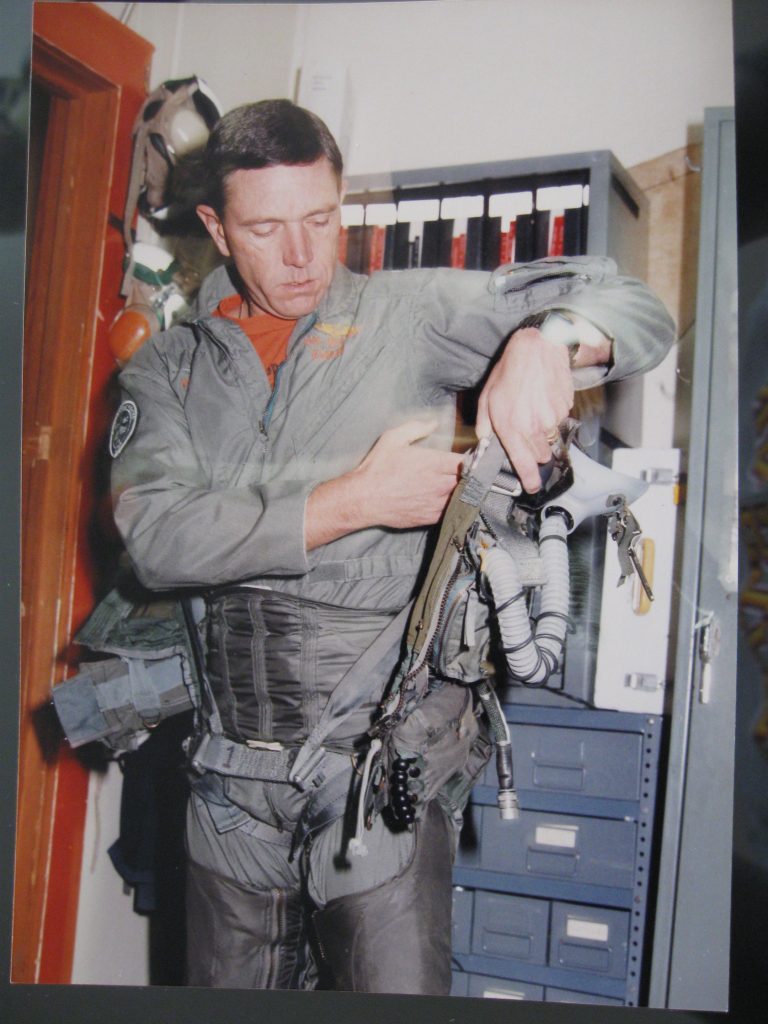
After graduating from Lynnville-Sully High School in 1968, Weideman furthered his education, graduating in 1972 from Northeast Missouri State (NEMS) University (now Truman State University) in Kirksville, MO, with a bachelor’s degree in business administration. During his senior year there, he dated his future wife Rhea Werts originally from Russell, and met Rhea’s father who had enlisted in the United States Army Air Corps following the bombing of Pearl Harbor during World War II. Mr. Werts, as is typical of many military members of the “The Greatest Generation,” did not talk much about his WWII combat experiences, many reflecting his time as a P-47 fighter pilot in the European theatre. But he shared just enough to pique Weideman’s interest in military life and aviation. Years later, after his daughter married Weideman, Mr. Werts opened up more about his WWII experiences and after Weideman had his own “sea stories” to tell. “After four decades of hearing and reliving his adventures in the air and on the ground, I can recite every single one to this day!” Weideman recalls.
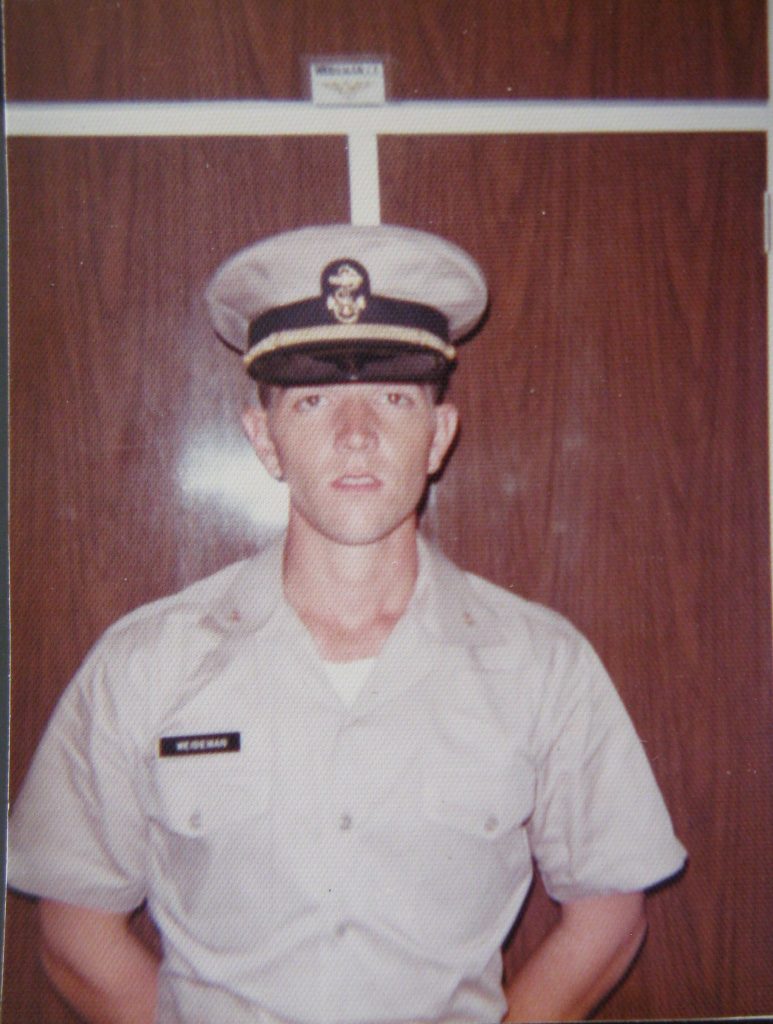
Two more significant experiences during his college years convinced Weideman the military was in his future. June 13, 1971, Weideman’s best friend Gene Jansen passed away from a tragic single car accident on the west side of Sully. Jansen had graduated from Lynnville-Sully in 1967 as class valedictorian and was awarded a congressional appointment to the United States Air Force Academy. Jansen had graduated and was commissioned as a 2nd Lieutenant in May 1971 and had orders to take part in Air Force Flight Training. Weideman then became motivated to pursue what his mentor Jansen would not be able to accomplish. Then the following fall, two young Navy pilots visited the NEMS campus recruiting qualified candidates. “I didn’t even know the Navy had an aviation warfare branch at that time. The two largest bodies of water known to me then were the Missouri and Mississippi Rivers! Their selling points were: Join the Navy, see the world, and fly jets,” said Weideman.
“I was sold on the USN!” And so began Weideman’s 30-year career in the U.S. Navy. He was sent to Pensacola, FL, in September 1972 where he was enrolled in a 16-week program at Aviation Officer Candidate School. Upon completion, he was commissioned an Ensign on Feb. 2, 1973, and started pilot flight training the very next day at NAS (Naval Air Station) Saufley Field, also in Pensacola, and was selected for jet training. He earned his “Wings of Gold,” which designate standards of excellence in the process of landing a jet at sea aboard an aircraft carrier—with zero room for error, the following year, and he was designated a Naval Aviator at NAS Kingsville, TX, in 1974.
“Training is a continuum in this business. It never stops. The flying skills of an attack/fighter pilot are constantly practiced and evolving as new higher performance aircraft and weapons are engineered, not to mention the skills of landing on an aircraft carrier day and night,” Weideman shared.
In the fall of 1979, Weideman fulfilled his initial six-year commitment contract, and it was then he had to make a decision whether to stay for another tour of duty, or leave the Navy. It was a time of significant changes for the military, where President Jimmy Carter’s military budget was drastically cut and record numbers of military pilots were changing careers and becoming airline pilots. “It was an easy decision to stay,” Weideman recalled, “as my mindset was to look in a mirror every morning and ask ‘are you enjoying this and looking forward to this day?’ After that I had no regrets, never looked backwards, and the next thing I knew, it was 2003.”
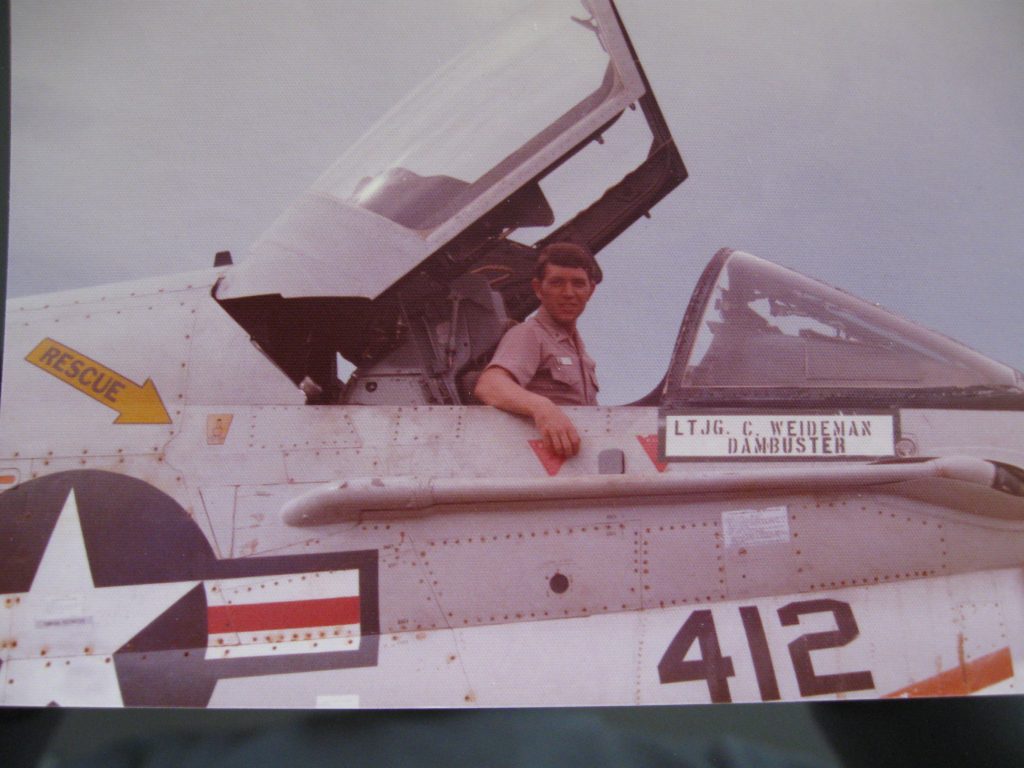
During his 30-year career, Weideman logged 800 carrier landings and over 7,000 tactical jet flight hours in 25 different military aircraft, primarily the A-4 Skyhawk, A-7E Corsair II, and the F/A-18 Hornet. He served four Commanding Officer tours with Strike Fighter Squadron 147, Air Test and Evaluation Squadron 9, Commander Carrier Air Wing 20, and Naval Aviation Schools Command. Weideman also participated in many air combat operations including Vietnam American Embassy evacuations, the Iranian hostage crisis, operations against the Iranian Navy, Libya’s Gulf of Sidra Operations, as well as Operation Desert Shield/Desert Storm in 1991.
He also spent time in several operational staff tours, including three years at the Pentagon in Washington, D.C., as the F/A-18 Requirements and Resource Officer to the Chief of Naval Operations.
Weideman retired in 2003 at Naval Aviation Schools Command in Pensacola, FL, coincidentally where his career had begun in 1973, coming full circle. It’s not surprising that a 30-year career in the Navy would yield several stories worth noting. Weideman described several memorable moments including a humorous tale during President Ronald Reagan’s administration and another that occurred two weeks after the World Trade Center and Pentagon attacks of 9/11.
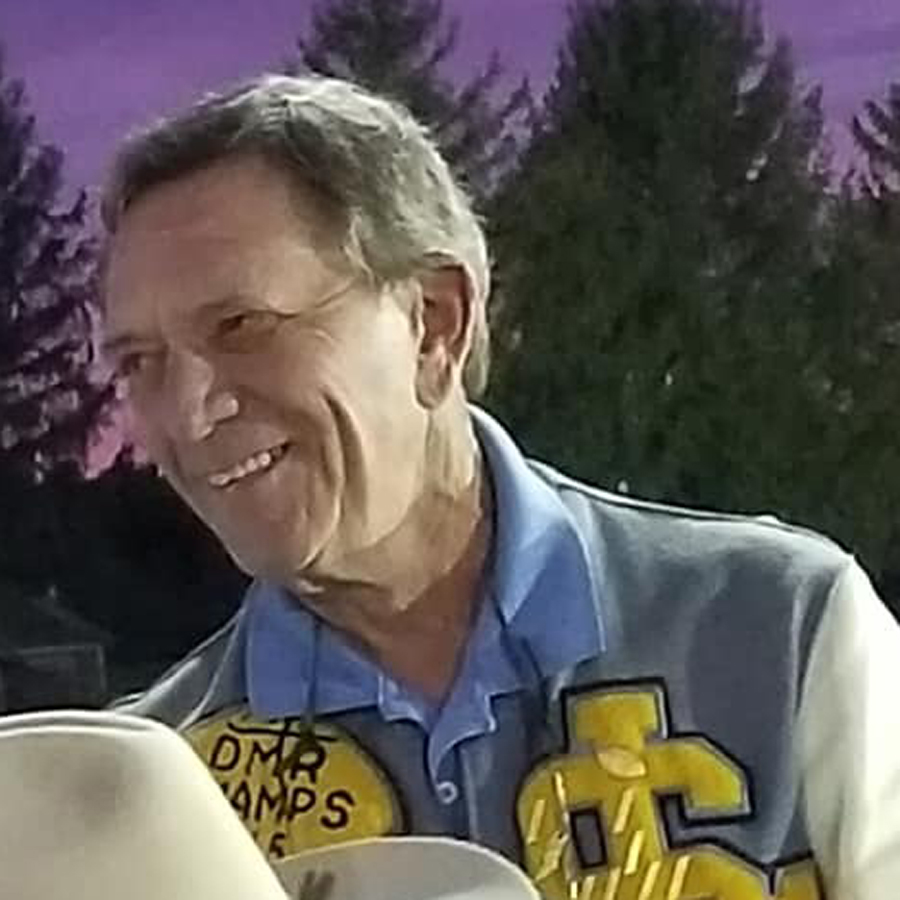
In 1981, Weideman was flying in an A-7E Corsair formation that was demonstrating the aircraft’s weapons employment capabilities for the President, the Chief of Naval Operations, and several other three-star and four-star flag officers seated in chairs on the flight deck of the USS Constellation aircraft carrier. The pilots had practiced their maneuvers for five days, and their actual presentation was perfect until one pilot in an F-14 Tomcat made a VERY high speed supersonic pass in front of the President that sent a shock wave off the jet, with a BANG rocking the entire ship. From his seat inside his own jet, Weideman saw the President being sent about three feet out of his chair, and all of the Secret Service agents immediately drew their weapons thinking that someone had tried to assassinate President Reagan. Since an assassination attempt had been made on the President just a few months earlier, no wonder the Secret Service agents were so rattled! Quick on the job, but rattled nonetheless!
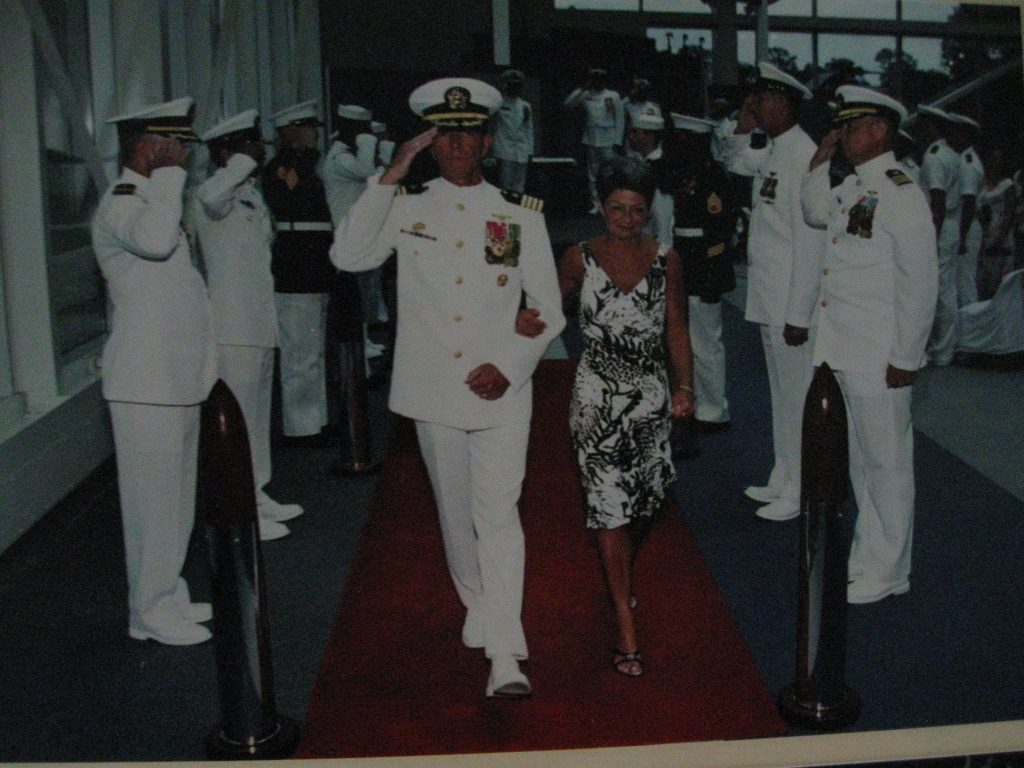
Twenty years later in 2001, Weideman was the Commanding Officer of NASC in Pensacola, FL, and he’d been flying test flights and ferrying F/A-18 aircraft between Pensacola and the destinations of these jets. But these were no ordinary jets, these were Blue Angels, the showcase aircraft of the U.S. Navy and Marines, who give exciting weekend aerial performances demonstrating the power of naval aviation. Weideman’s task near the end of September 2001 was to deliver spare Blue Angels aircraft to a show site at Minot Air Force Base, ND. Weideman had planned to make it all the way from Pensacola to Minot without having to refuel, but realized over central Missouri that “the upper level jet stream head winds were much stronger than I’d expected, and I was going to need to make a quick refueling stop. So I told the FAA controller that I need to descend into Offutt Air Force Base in Omaha for fuel.” Not only was this an unusual aircraft, but it was previously unannounced on a Saturday morning, only two weeks after the 9/11 attacks. Weideman continued his story, “I landed and taxied to base operations without issue … until I secured the engines and opened the canopy. I immediately had no less than 10 security cars and trucks quartering me from every direction and was directed to lie down on the concrete mat, hands behind my back with weapons drawn and pointed directly at my head! Needless to say it took a couple hours to sort this all out especially since I had left all identification in Pensacola in my haste to get the jet to Minot.”
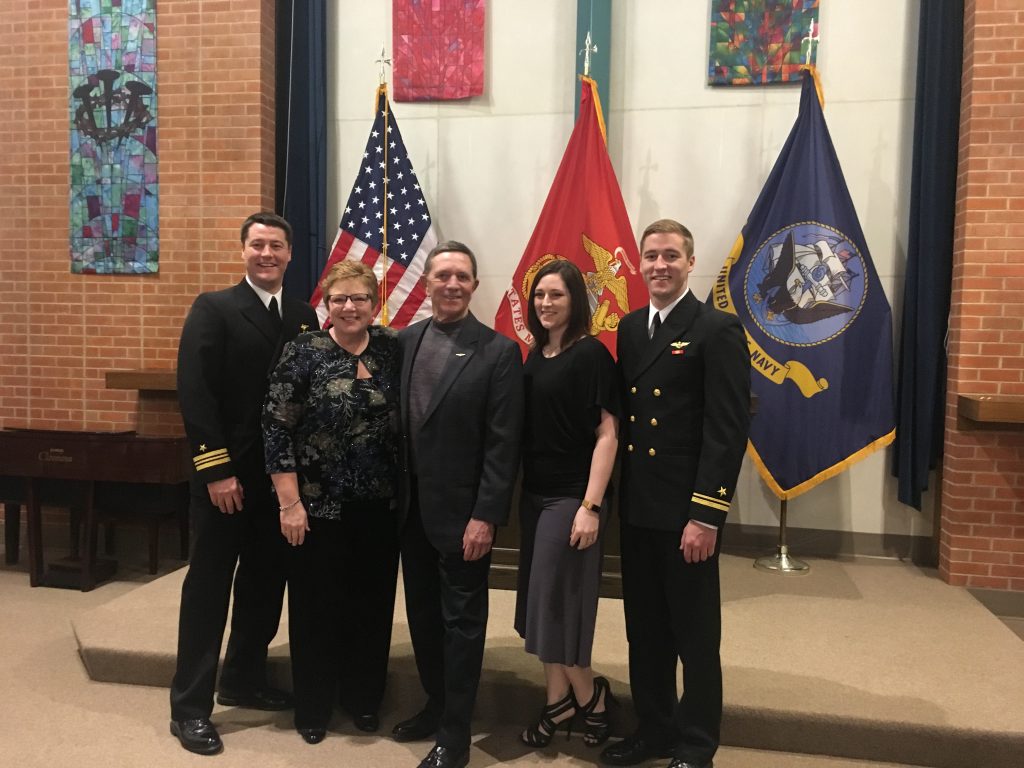
And so Weideman retired the first time in 2003 with the rank of Captain. “I really had no desire to pursue a career in commercial aviation. As much as I loved flying, I knew I would not find the challenge and satisfaction of ‘driving a bus’ full of passengers or boxes,” he said. He’d had enough of working in the beltway of Washington too, but found his niche in the spring of 2005 when he came out of retirement when offered a job to instruct young Navy and Marines aviators in the F/A-18 Legacy and Super Hornet flight simulators in NAS Oceana, VA (part of Virginia Beach), being given the opportunity to protect young newly winged aviators with illustrations of his past experiences, as well as his past mistakes. After his rewarding time as an instructor, he retired the second time in 2017, and still lives in Virginia Beach with his wife Rhea. According to Weideman, “The hardest job in the Navy is that of a Navy wife. Through the past 47 years, Rhea has been on my wing!” He has felt humbled “to watch two nephews select naval aviation after college with no persuasion from their uncle.” An added note, many local residents and his relatives and friends will remember many times in the past when Weideman did a flyover buzz of Killduff and/or Sully when it worked in his flight pattern.
Weideman shared a fitting quote attributed to Leonardo da Vinci (1452-1519) who authored a famous book on the topic of mechanical flight, based on his meticulous research on the flight of birds: “When once you have tasted flight you will always walk the earth with your eyes turned skyward, for there you have been and there you will always be.”



